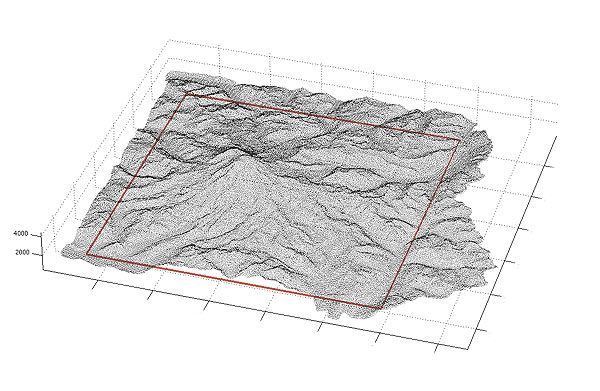


Finally, 'Delimiter',',' states that all commas should be interpreted as the delimiter between each column. %f means "interpret as doubles (floats)". The asterisk in %*s means "ignore this column". To do this, call: data = textscan(fid,'%*s %s %s %f %f %f','Delimiter',',') Ignore string string double double double To do so, get a file identifier of the text file with fopen: fid = fopen('path/to/myfile') Īssume for the data in this example, we want to ignore the first column "Data", read the date and time as strings, and read the rest of the columns as doubles, i.e. One may use textscan to read this quite fast.

Each row is delimited by an end-of-line ( EOL) character sequence. Lets say some numeric data is not delimited, buth we can delimit it based on their location. Each field consists of a group of characters delimited by a field delimiter character. Each block consists of a number of internally consistent fields. If I output C, I get: Columns 1 through 6 The textscan function regards a text file as consisting of blocks.

It would be easier to have it as a "regular" array (pardon me for not knowing the correct nomenclature, I just started working with matlab). However, C is a cell array and this makes it harder to handle the contents of the file in matlab. So in your example when processing 'a,b,' with q it first processes the a as part of the q format, and then eats the delimiter that is there, leaving 'b,' in the. I have successfully imported a test file using the following: ftest = fopen('test.csv') Ĭ = textscan(ftest,'%f %s %f %f %f %f %f %f %s %s %f %f','Headerlines',1,'Delimiter',',') Well, it tells us that after textscan finishes processing the format, it examines the input stream, consuming Whitespace and up to the first copy of the Delimiter, and then stops.


 0 kommentar(er)
0 kommentar(er)
